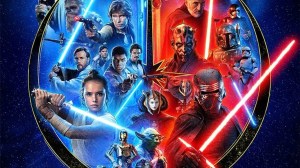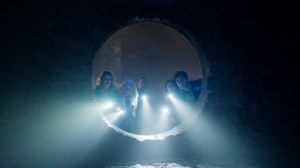We love a good time travel story. Sometimes, we even love a bad time travel story. We love time travel. This sci-fi subgenre is one of its most flexible, as you can approach it from many different directions. Can you change the future, or are the “changes” you make already part of the normal sequence of events? Or is this a multiverse situation? And what happens if you kill your grandpa?
Videos by ComicBook.com
Some time-travel movies transcend genre to affect culture as a whole. These are stories that changed how other films are made, defined what people expect from the future, and inspired countless other projects in the future. These are our picks for the most influential time travel movies ever.
4) La Jetée
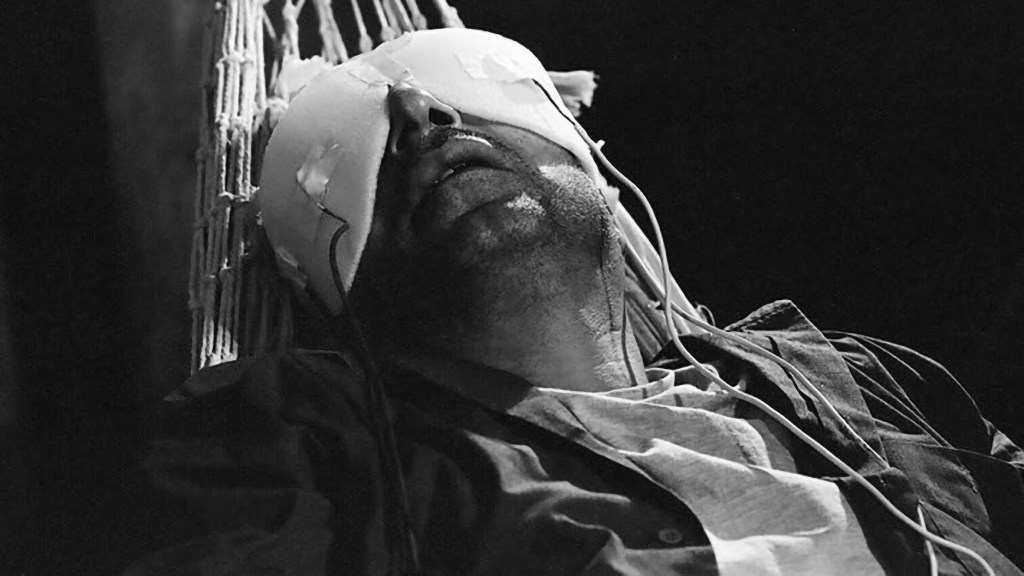
You probably know that this experimental short film from director Chris Marker influenced Terry Gilliam’s 12 Monkeys. But its cobbled-together future tech look also inspired the design of the Fallout game series.
La Jetée is almost entirely told through still, black-and-white photographs and title cards. It tells of a post-apocalyptic future society that develops time travel to try and rebuild civilization by exploring both the past and the future. But going through time is very difficult, and only a few people can do it safely. One man is able due to his fixation on a specific event in the pre-war past.
This film is a unique little gem with some fun time-travel shenanigans, including an ending that might hurt your brain a little.
3) Groundhog Day
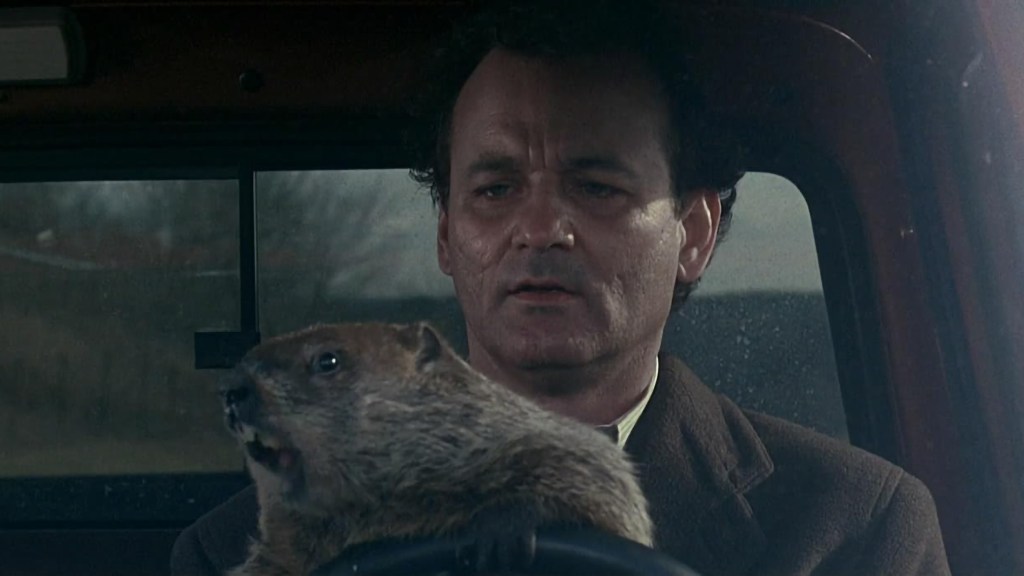
Phil Connors (Bill Murray) doesn’t need a time machine in this 1993 comedy – he just needs to go to bed. Phil is inexplicably doomed to relive the eponymous holiday over and over until he grows as a person or discovers true love; it’s actually not super clear.
Once he realizes what’s going on, Phil starts eating whatever he wants, times out a casual robbery to provide himself with a cash supply, repeatedly rescues the same kid falling out of a tree, and even goes through a dark period where he takes drastic measures to end the loop.
Groundhog Day didn’t invent this plot device, but was the first mainstream movie to use it. Since then, we’ve seen similar setups in episodes of Star Trek: The Next Generation, The X-Files, and Legends of Tomorrow, movies like Happy Death Day and Source Code, and games including The Legend of Zelda: Majora’s Mask.
2) Back to the Future, Part II
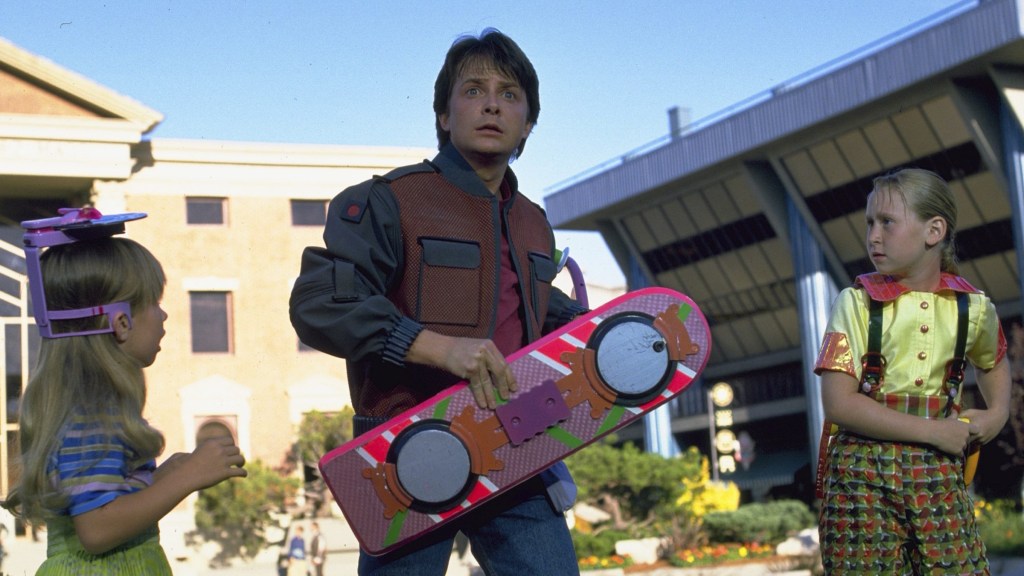
The Hill Valley of 2015 became a generation of moviegoers’ benchmark for what the near-ish future might hold. The main goal was just to be funny, though, so a lot of its “predictions” still haven’t come to pass. But that didn’t stop a lot of us from hoping.
Back to the Future 2 did anticipate some tech, although not all of it existed by 2015: fingerprint scanners, flat-screen TVs, and smart homes are all real. But we wanted flying cars and hoverboards, and the closest we’ve gotten to the latter still have wheels.
This film also formalized the trope of graphing out how time travel works when Doc Brown uses a chalkboard to show Marty how they ended up in a hellish, alternate 1985. Old Joe’s dismissive comment about “making diagrams with straws” in Looper and Bruce Wayne’s weird monologue about spaghetti in The Flash both trace back to this scene.
1) Terminator 2: Judgment Day

While the original Terminator is maybe more narratively influential, with a depiction of a future robot war that would inspire multiple movies (both good and bad) and a time-travel plot that includes a number of head-scratching paradoxes, the follow-up set the bar for special effects, sequels, and action sequences.
The liquid-metal form of the T-1000 was one of the first fully computer-generated characters ever (and definitely the best-looking one at the time). Its development set up future, effects-heavy films like Jurassic Park and The Matrix, both of which became hugely influential in their own right.
Terminator 2: Judgment Day only begins with time travel, but its development really kick-started director James Cameron’s quest for the best special effects tech the world has ever seen. If you like Avatar (or don’t, even), you have this movie to thank.
Want to stay up to date on the biggest geek entertainment news? Add us as a preferred source in Google – HERE, and join our community over on the ComicBook Forum for deeper takes and discussions!




